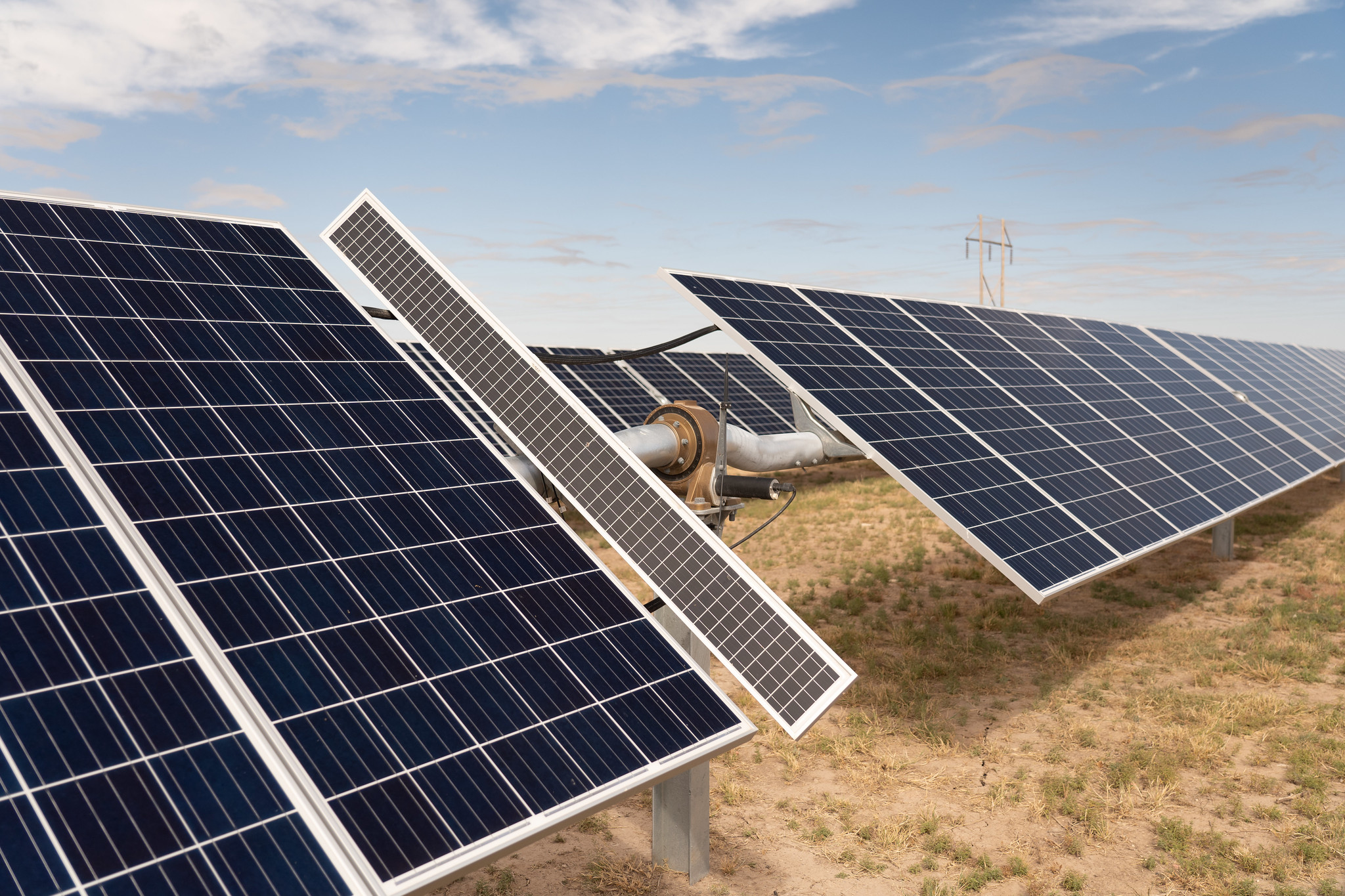Jan25

As someone with experience in the energy sector across various countries and as a consultant, I've been privileged to witness firsthand the revolutionary advancements in technology. One of the most significant developments is the integration of photovoltaic systems with vertical farming. This fascinating synergy has immense potential to redefine sustainable agriculture and renewable energy production. Let's explore some of the most groundbreaking technologies and techniques in this domain:
Semi-Transparent Solar Panels
These panels are a game-changer for greenhouses, allowing for the simultaneous growth of crops and generation of electricity. Research shows that crops like lettuce experience no adverse effects under these panels, maintaining their size, weight, and nutritional content. Furthermore, these panels help regulate greenhouse temperatures, enhancing food production efficiency.
Bifacial Solar Panels
The innovation of bifacial solar panels, capturing sunlight from both sides, significantly increases their efficiency. By installing them vertically, these panels can harness direct sunlight on one side and reflected light from plants on the other. This dual functionality epitomizes the efficient use of space in vertical farming.
Smart Irrigation Systems
Integrating sensors and data analytics, smart irrigation systems optimize water use by monitoring the specific needs of each plant. This precision in water management not only conserves resources but also supports the sustainability of farming practices.
Energy Storage Solutions
Advanced battery systems play a crucial role in storing excess energy generated during the day. This energy is then released during low sunlight periods or at night, ensuring a consistent power supply. The implementation of such systems is a cornerstone in making vertical farms more energy-independent.
IoT Technology Integration
The incorporation of Internet of Things (IoT) technology into vertical farming systems enables real-time monitoring and data collection. This technological advancement leads to smarter decision-making and improved management of resources.
Dynamic LED Lighting
LED lights, adjustable to provide the optimal light spectrum for various crops, further enhance the efficiency of vertical farms. This targeted lighting approach ensures that each type of crop receives the light it needs for optimal growth.
Robotic Systems
The use of automated systems, like drones and robotic arms, streamlines tasks such as planting, harvesting, and maintenance. These innovations make vertical farming more efficient and cost-effective, reducing the need for manual labor and increasing precision in farm operations.
Machine Learning and Artificial Intelligence
The application of AI and machine learning in analyzing the data generated by IoT devices enables more accurate control and optimization of the vertical farming environment. This technology holds the key to unlocking new levels of efficiency and productivity in agriculture.
The amalgamation of photovoltaics with vertical farming is paving the way for sustainable change in both the energy and agriculture sectors. With ongoing research and development, this field is poised for even more innovative breakthroughs, offering a glimpse into a future where energy efficiency and sustainable agriculture coexist in harmony.
Keywords: Climate Change, Renewable Energy, Sustainability
 From Carbon to Coherence: Why Structure Alone Cannot Explain Awareness
From Carbon to Coherence: Why Structure Alone Cannot Explain Awareness Michael Fauscette's 2026 Predictions for B2B Thought Leadership
Michael Fauscette's 2026 Predictions for B2B Thought Leadership Dispatchable Solar Is Now the Cheapest New Power You Can Build
Dispatchable Solar Is Now the Cheapest New Power You Can Build The Silicon Scientist: Gemini 3 Flash, High-Reasoning Agentic AI, and the Legacy of the Bose–Einstein Condensate
The Silicon Scientist: Gemini 3 Flash, High-Reasoning Agentic AI, and the Legacy of the Bose–Einstein Condensate When Planning Detail Starts to Undermine Strategy
When Planning Detail Starts to Undermine Strategy